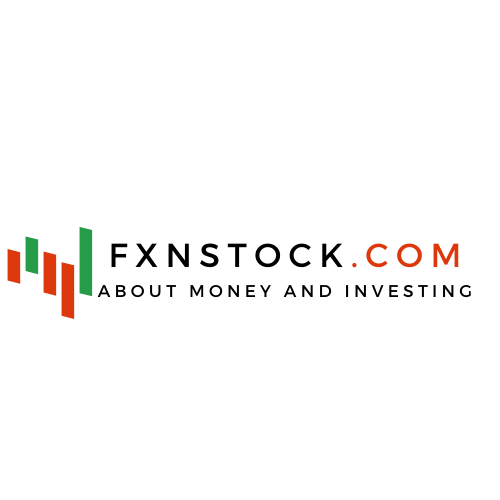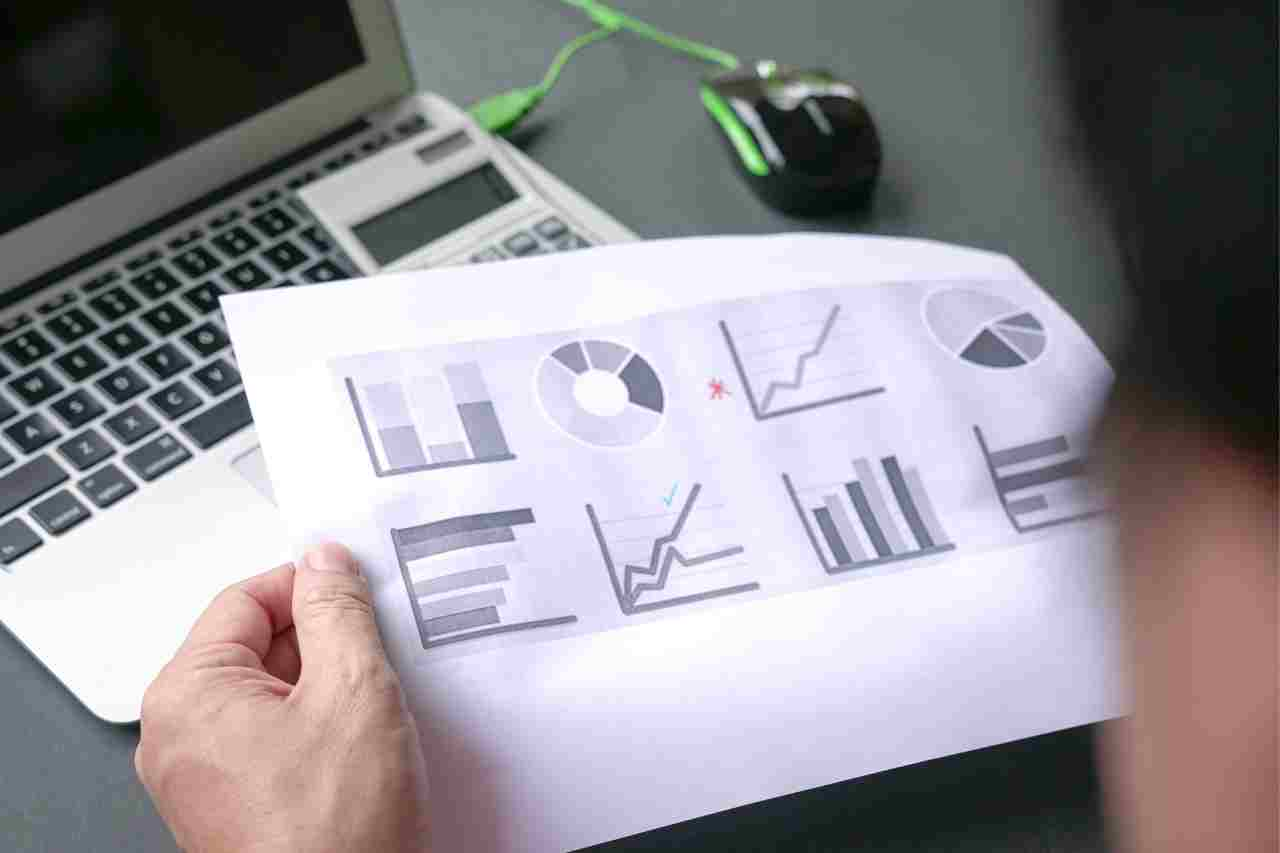Table of Contents
CFDs are one of the financial instruments in which money can be invested. Contracts for difference are contracts between two parties who agree to exchange an amount equal to the difference between the opening and closing price of the position. Everyone would like to multiply their money and earn a passive income. Investing in CFDs is one such way.
What are CFDs?
Investors who browse through brokers’ offers wonder, what is the acronym CFD? A sizable number of brokerages have CFDs on offer, encouraging people to buy them and claiming that it is a great option for investors who would like to make money not only on increases, but also on decreases. CFD stands for contract for difference, which means contract for difference.
CFDs are financial derivatives. This means that it is based on an underlying instrument of your choice. Brokers allow traders to invest in CFDs on stocks, stock indexes, bonds, commodities, precious metals, cryptocurrencies and CFD forex contracts. This allows them to participate in different markets and easily diversify their investment portfolio.
It is worth knowing that an investor who buys CFDs does not become the owner of the underlying instruments, but only speculates on their value. This means that by trading CFDs, an investor can make money not only on increases, but also on decreases in the instrument.

Features of CFDs
The most important features of futures contracts are:
- CFDs, according to the Financial Instruments Trading Act, are financial instruments,
- They are bet with borrowed money. The customer does not have to buy or sell the underlying instrument. He is only tasked with betting on the price change,
- The customer on this transaction incurs a specific cost. Thus, the client’s primary cost is the difference that is created between the opening and closing price of the position, i.e. the spread,
- CFDs allow leverage. As a result of it, the profit or loss can be much higher than the initial deposit,
- It is difficult to assess the risk of the counterparty – the other party to the contract may not fulfill its obligations to the client,
- CFDs are not a standardized product. This means that each provider has its own rules and conditions under which contracts are concluded with it. It is therefore worth paying attention to this,
- With CFDs there is also a liquidity risk. This type of situation occurs when not too many transactions are made in the CFD underlying market. This, in turn, causes problems in closing its positions.
CFD leverage
With leverage, a trader can gain more exposure without having to pay the full cost of the position. For example, if a trader wants to open a position that corresponds to 1,000 shares of a certain company, with CFDs he can pay 20% of the total cost of the transaction – as opposed to a standard transaction, where he would have to pay the full amount of the transaction.
It is important to take into account that both profits and losses will be calculated based on the total value of the transaction. This means that it will be the difference of 1,000 shares of the selected company from the opening to the closing of the position. This can multiply the trader’s profits, but also, unfortunately, losses. It is worth paying attention to the leverage ratio and make sure you are trading within your means.
Leverage CFD margin
In leveraged trading, margin is defined as the funds that are required to open and maintain a position, knowing that this means only a portion of the true size of the transaction.
There are two types of margin:
- Margin, which is the amount allocated to cover the opening of a position,
- Margin, which is the amount required by the broker when the initial amount and the funds in the CFD account, do not cover losses. If the trader does not provide these funds, the position can be closed and his losses will be realized.
CFDs are tools that an investor must use intelligently and try not to increase the level of investment risk. With a good study of the market, an investor can take advantage of this product. It is recommended to use it as a hedge, and to use leverage carefully.
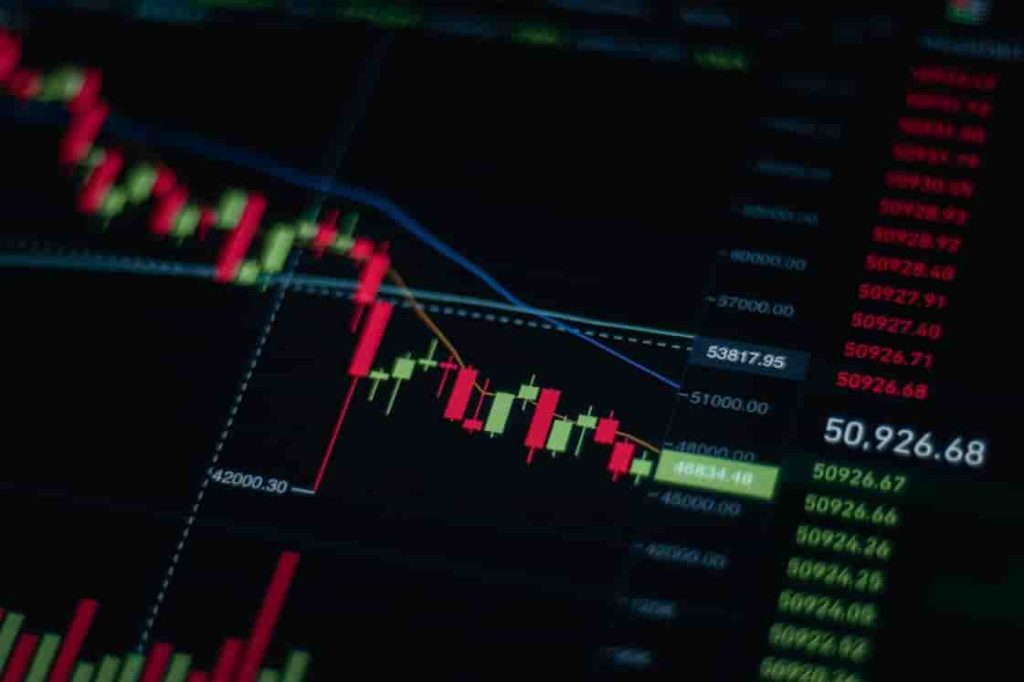
In what markets can CFDs be traded?
Many brokers offer Forex contracts on several thousand different instruments. You can trade on such markets as:
- Indices,
- Currencies (read also: Forex investments and Forex market, Online forex and Forex broker, Forex for beginners),
- Raw Materials (read also: Investing in gold),
- Stocks (read also: Investing in stocks),
- Cryptocurrencies,
- ETFs.
How to use CFDs on stocks?
The underlying instrument of a CFD, can be shares of listed companies. In this situation, the buyer using a CFD contract does not become the owner of the securities of a particular company. This type of contract allows you to gain leveraged exposure to the stock price of a specific company. Standard stock buying does not provide this type of opportunity. As for the practical matter, the parties to the contract speculate on the direction the selected stock will take in the future.
CFDs on stocks allow for short selling and a lot of speculation on the rise as well as the fall of their price. In addition, a CFD contract is more attractive, in terms of price, than buying securities of a listed company. The prices of CFDs for stocks and shares are no different.
Through CFDs, small investors who do not have the financial capacity to become shareholders of a certain stock company have access to trade. The process of investing in these assets using a contract is very simple. All that is needed is to create an account on the investment platform of one of the brokerage houses. In addition to this, the CFD contract for shares allows access to joint-stock companies on exotic exchanges. In the case of such companies, it can be difficult to buy securities on the European market.
CFDs on currencies
In this case, a trader can enter into CFDs on either the foreign exchange market or Forex. In fact, in this case it is about contracting currency pairs. Why exactly pairs? In order to determine the value of a certain currency, it is necessary to show how much it costs in another currency. Thus, for example, an investor can assume that the euro will fall against the dollar, or the Swiss franc will rise against the British pound, etc.
CFDs
A trader can also enter into CFD contracts on stock indexes from all over the world. Such well-known indices as the French Dax30 or the Polish WIG20, for example, can be considered, as well as many others. It all depends on the trader’s choice.
Indexes are indicators that are calculated on the basis of the price of companies, listed on a certain stock exchange and included in a given index. Its changes can show, for example, the situation in a particular sector of companies or investor sentiment, etc. As for indices, the trader opens a CFD contract, betting that the value of a specific index will either fall or rise in the near future. This type of investment is relatively simple in its design.
Commodity contracts
Traders don’t have to limit themselves to currencies or stocks when they want to make money on CFDs. These instruments are also concluded on commodities. The term includes not only oil, precious metals or gas, but also cocoa, corn, as well as many others.
CFDs allow you to invest in many different markets, which, by the way, will positively diversify your investment portfolio. The investor enters into a contract, that is, he opens a position for an increase or decrease, but of course, the raw material is not received in physical form. He maintains his position until the price of the contract reaches the corresponding value.
Making money on commodity CFDs is easier than on other contracts due to the fact that commodities usually follow either an upward or downward trend over the long term, while, for example, currency rates fluctuate more.

CFDs on cryptocurrencies
This is another market where a trader can enter into CFDs. Bitcoin and other digital currencies are very popular assets among investors who are looking for a good capital investment.
As with traditional currencies, CFDs are concluded on currency pairs. For example, Bitcoin and the dollar. Then the trader bets on whether Bitcoin will rise or fall, relative to the US dollar. He can also open a position on a pair of 2 cryptocurrencies. When it comes to the long time horizon, cryptocurrencies gain, while with short positions, the risk is higher.
CFDs on ETFs
A trader can also enter into CFDs on ETFs. The latter also earn money from the price movements of the underlying instruments, but they should not be confused with CFDs. ETFs are mutual funds that can also be traded on an exchange. They can be based on a basket of selected stocks, a stock market index or bonds, but also on commodities or precious metals. An investor can open a CFD contract by betting that a specific ETF will rise or fall.
When can CFDs be traded?
CFD trading takes place from Sunday 11 p.m. to Friday 10 p.m. This is theory, because in practice, the hours of trading really depend on what market you want to bet on. Different hours may be when the underlying asset is a currency, and others when stock indexes. The final decision on the hours of trading is made by the broker chosen by the trader.
Who is CFD trading for?
First of all, this activity is intended for people who are at least 18 years of age. CFDs are a good option for people who:
- Want to make money on increases, but also on decreases,
- Are aware of the risks involved in investing in CFDs,
- Want to have different types of assets in their portfolio to properly diversify it,
- They want to invest in an active manner,
- They want to invest both short-term and long-term,
- They want to open as well as close positions instantly.
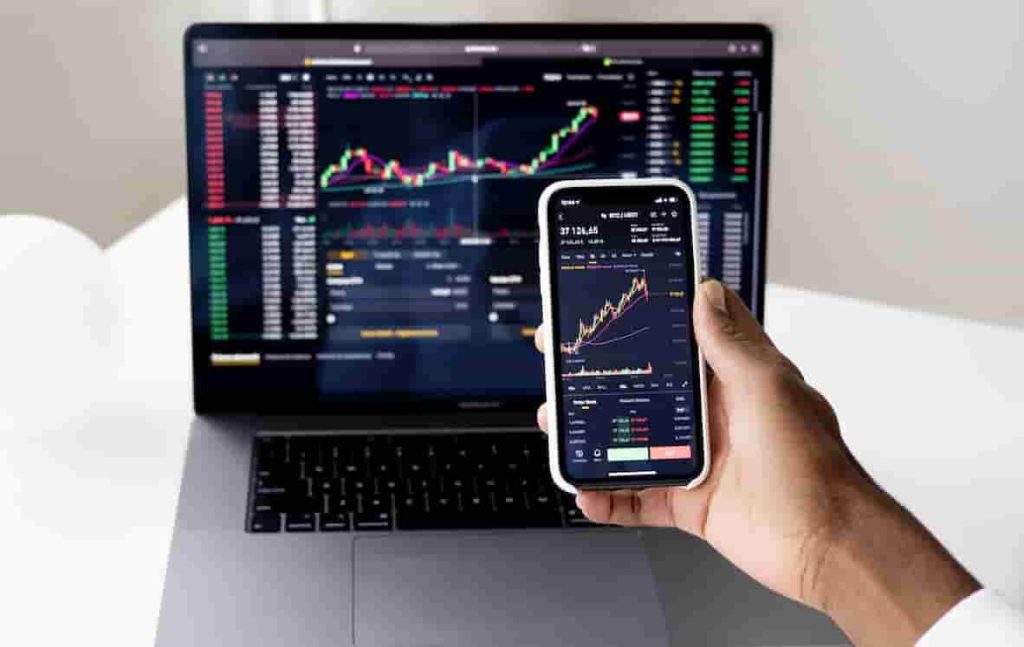
Investment risks associated with CFDs.
CFD trading is considered relatively risky. Brokers’ websites provide information on how many percent of retail accounts suffer a loss in the CFD area. It is also worthwhile to analyze the costs in terms of swap points before trading.
Investing in CFDs is associated with a fair amount of risk, although a lot also depends on the attitude of the trader. If it is a person with a lot of experience, he is able to predict the consequences of his actions, and can sense the downward and upward trends of his assets. A professional is able to react quickly to limit losses. A novice trader may find it difficult to find his way around the subject of CFDs. In particular, it is important to keep in mind the deposit, because if it is too low and the investor improperly assesses the risk, he will lose his capital, in addition to being at a disadvantage. Thus, the risk of investing in CFDs depends on the amount of leverage, as well as the experience of the trader.
What are the costs of CFD trading?
When trading CFDs, the trader must expect to pay transaction fees. The advantages of CFDs include the fact that the transaction costs are proportional to the amount with which you trade, so you can also achieve a positive result when you trade a small amount. What costs do you have to pay when you decide to trade CFDs?
Commission
In most banks you pay a fixed amount per transaction. When a trader buys a given number of shares from his bank, he always pays a minimum fixed commission, regardless of the number of transactions. Some CFD brokers also charge a fixed commission. However, with most of them the investor pays no commission at all when trading stocks. This makes it possible to achieve good results, even with a small capital.
Margin
CFD trading is based on the fact that trading costs are always relative to the investment made. These costs are referred to as the spread, which is the difference between the buying and selling price.
When it comes to trading currency pairs, the spread is often clearly marked. If it is 2 pips, it means that the trader pays 0.0002 cents per trading unit. In the case of the EUR/USD exchange rate, the trading unit is 1,000, so when a trader trades the EUR/USD with a spread of 2 pips, he pays 20 cents dollars in trading fees.
This means that the trader will make a profit when the price rises by more than 0.0002 cents. The transaction costs are low, so the trader can also invest profitably at a lower amount.
The trader also has to pay the spread for stocks and commodities. At the broker of his choice, he can always see how much the spread is. The precise value of the spread can sometimes be very dynamic and the cost of trading can either increase or decrease depending on the amount of trading, for this reason it is always recommended to check the spread before opening a position.
When it comes to trading CFDs, it is important to remember that you should pay the spread for each share you buy. Using leverage, a trader can sometimes buy $1,000 in shares for $100. Then he pays a transaction fee on the full amount of the transaction. If he opens a position on 10 stocks for $100, and the transaction costs for the stock are $0.20, his total transaction costs will be $1, and with a total investment of $100, they will be 1 percent in transaction fees.
Financing costs
When it comes to CFD trading, a trader can take advantage of leverage. Leverage allows you to invest on margin. Then the broker finances a large part of the trader’s investment. When he uses leverage of 1:5, it is enough to pay 20 percent of the total amount. By using leverage, you can potentially make more profit with a lower amount.
Using leverage is not free, however, and when a trader uses it, he pays interest on the financing. Such interest rate is charged only when a trader leaves a position open for more than 1 day. A one-day trader does not have to pay any financing costs.
When it comes to a short position in CFD investing, sometimes the trader receives a financing premium, and for long positions, the premium is deducted. It is worth checking the terms and financing costs for each financial instrument. These costs are very often calculated by charging a margin above the market interest rate and then divided by 365 days.
Financing costs per day are usually low and depend entirely on the specific terms of the broker. Although CFD trading is mainly used for short periods – from 1 to 30 days, low financing costs also allow investing in CFDs for longer periods of time.
For the sake of financing costs, CFDs are very well suited for short-term investments. Financing costs can greatly reduce long-term returns. Note that there are 3 days of financing costs over the weekend. On weekends the stock market is closed, so the trader’s position automatically remains open for several days.

Costs associated with slippage
When investing their money, traders have to deal with slippage. When a trader sets a stop loss, he indicates that he wants to sell a stock at a certain price. If the market is highly volatile, the price may slip a bit before the position is actually sold. As a result, the loss on the trader’s trading position, may be higher than he expected.
However, there is a solution for this – with the help of a guaranteed stop loss, although it is not free. The trader incurs costs, for example, by paying a higher spread, so it is worth using this type of stop loss in case he expects high volatility.
Conversion costs
Some brokers pay fees for currency investments. An investor’s investment account is always set up in a certain currency, so if he has an account in euros, he must first buy dollars before he can buy shares exchanged in dollars. For this reason, he should take a good look at how much he will pay when he converts from one currency to another.
Beware of hidden fees
It is possible to come across very sneaky CFD brokers, as they may, for example, charge additional fees when a trader wants to withdraw money or when he does not use the platform for a certain period of time. It’s worth remembering to check whether they charge certain hidden fees before opening an account with the broker of your choice.
How to start trading CFDs?
A person who wants to get into CFD trading does not have to meet a number of complicated conditions or procedures. First of all, he needs to choose a broker that suits him. Then he should register on the trading platform of this broker. In the next step, the trader can already log in.
He can then go to the appropriate tab in his client account and select the CFD he is interested in. He then determines the size of his position. If the trader plays for an increase in his position, he chooses to buy, and if for a decrease, he chooses to sell. In the client panel, he can also close the position. However, it is best to start trading CFDs on a demo account. Then you can gain investment experience without risking real money.
CFD trading methods
There are many different strategies that are used to trade CFDs, which can also be understood by novice traders. Decisions made, include different trading methods, and among the most popular are long and short positions.
Long position
A long position in CFD investing is said to be when an investor buys an instrument. This will mean that its value will increase over the term of the contract.
Long-term trading is the most predictable and allows investors to react to smaller price movements in the market. Trading terms typically range from a month to more than a year.
Short position
A short position is referred to when a trader senses a decline in the value of a particular instrument and decides to sell with the intention of buying back the contract some time later.
For example, the trader predicts that during the term of the contract, the price of the instrument will go down. If his prediction turns out to be wrong and the price of the instrument rises, the open transaction will generate a loss in the amount of the difference between the opening and closing price of the contract at a certain time. The situation is reversed when the open transaction indicates a decline in the value of the instrument.
Short positions when it comes to CFD trading, allow you to generate profits in the short term. The benefit of short-term trading, is to minimize financial costs.
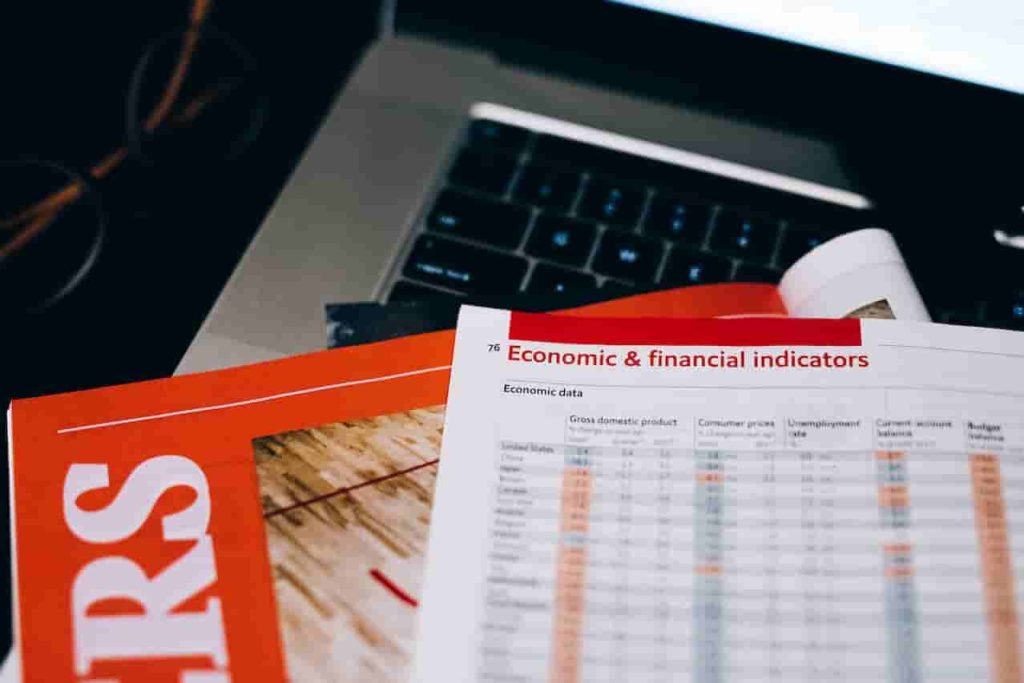
Where to trade CFDs?
CFD trading is possible after choosing the right broker. It is worth looking for reviews of different brokers and testing a demo account. The most popular brokers are:
- XTB – this is a Polish forex broker, but also a brokerage house. It is currently a very large financial player in the market. This broker allows you to trade CFDs on stocks and ETFs from 16 exchanges. In addition, it allows you to open positions on indices, currencies and commodities. XTB does not require a minimum deposit. It has a license from the National Financial Supervisory Authority, which it received in 2005,
- Admiral Markets – is a broker from Estonia, which is very popular especially in Germany and Poland. It has been operating on the international market since 2001. In this case, the minimum deposit is 250 zlotys. Users can also get support in Polish. The broker offers CFDs on commodities, bonds, stock indices, stocks and ETFs,
- Easy Markets – is another broker that is regulated by the FSA. It has been operating on the market since 2001 and requires 100 euros as a minimum deposit. CFDs can be traded in many markets, such as currencies, commodities, precious metals, etc,
- Plus500 – is an Israeli broker that has more than 2,000 financial instruments on offer. It has been operating in the market since 2008 and is listed on the London Stock Exchange. In this case, the minimum deposit is 500 zlotys.
Basic vocabulary related to CFDs
The most important terms that are associated with CFDs are:
- Opening a CFD contract – means opening a purchase or sale of a specific asset at a selected volume,
- Closing a CFD contract – is the closing of a previously opened transaction to buy or sell a specific asset at a specific price,
- Position (trade or order) – this is a transaction to sell or buy a selected asset at a specific volume,
- CFD volume – is the number of units of a specific asset that the trader plans to trade with the help of a CFD contract. The volume is expressed in lots,
- Forex market – is a foreign exchange market, which does not require the use of futures contracts, but where it is possible to make transactions to buy or sell different currencies. In finance, CFDs and Forex are different trading instruments,
- CFD trading on the stock exchange – is the implementation of purchase and sale transactions with the help of exchange instruments,
- Opening a buy position – is the opening of a transaction to increase the quotation of a specific asset,
- Opening a sell position – is the opening of a transaction for a decrease in the quotation of a specific asset,
- Modification of the open position – this is the modification of the stop loss and take profit levels of the open position. These levels are set in the trading terminal to automatically close the open position if the price reaches specific values – with either a loss or profit for the trader,
- Closing an open position – involves determining the profit or loss on the open position. Closing can be done manually or automatically,
- Margin Call – is a broker’s request to fund the account, which is caused by a significant unprofitable position of the trader. In such a situation, if the trader does not take action in this direction, and his loss continues to grow, the broker will close the trader’s open positions.
What are the benefits of trading CFDs?
There are many advantages to investing in CFDs, and among the most important are:
- No exchange fees – the trader does not own the underlying instrument and does not acquire any rights or incur any obligations with respect to the underlying instrument,
- Leveraged trading – the trader needs much less capital to open a position, compared to owning the underlying instrument. However, it is worth remembering that by using leverage you can both gain and lose,
- No stamp duty – in most cases CFDs are not subject to stamp duty. This depends on the jurisdiction and individual situation, and is subject to change,
- Multi-modular investment – the ability to trade a number of instruments on the same trading platform,
- Trading on upward and downward markets – the investor can open either short or long positions according to market conditions, as well as the chosen investment strategy,
- CFDs do not expire – their general idea is that, as a rule, an increase is followed by a decrease – one can speak of a constant market cycle,
- Hedging potential – if a trader’s transaction is not going in the right direction, he can open an equivalent position in the opposite direction.
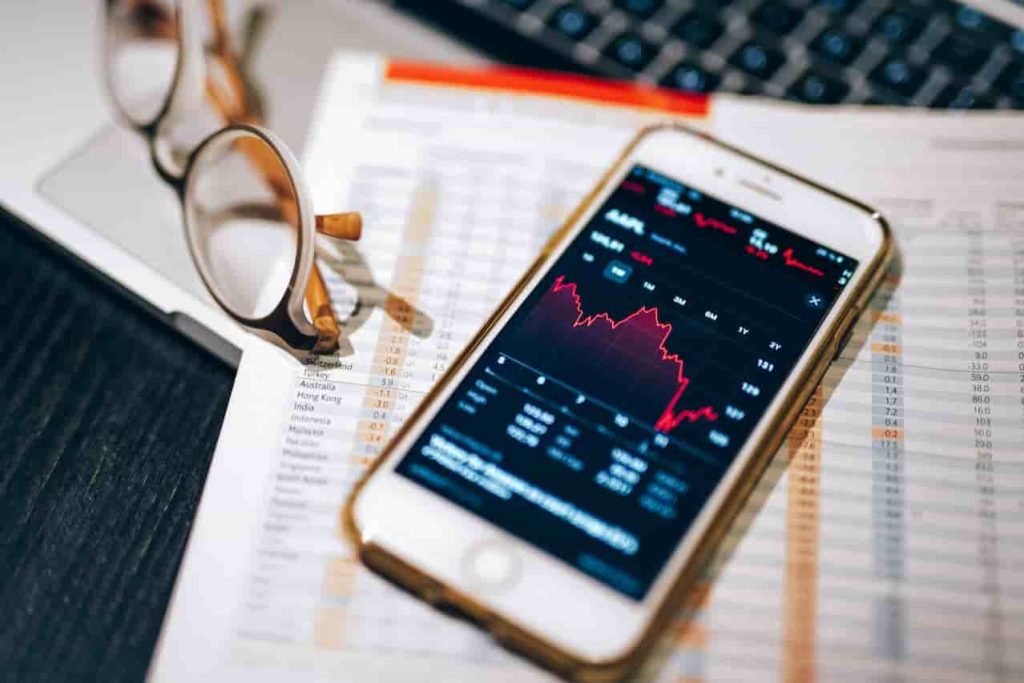
What are the advantages and disadvantages of CFDs?
One of the advantages of CFDs is leverage. This means that a trader can make a high investment with little capital. For example, the margin requirements for one CFD contract on the DAX is 703 euros, when its value is 3,406 euros.
The second advantage is the simplicity of the instrument. The procedure for buying CFDs is the same as for stocks. If a trader buys a CFD, he takes a long position and speculates on price increases. If he sells a CFD, he takes a short position and speculates on a decline in the price of the underlying asset. As a rule, the buy and sell prices are the same as the prices of the underlying asset. Dividend payments are made to the trader’s account.
CFDs are a good alternative to futures contracts. The advantage of CFDs, compared to futures, is the size of the contract, as well as the margin. For example, the E-mini contract – the margin for one contract is more or less $8,000. In contrast, the margin when buying one CFD contract for the SP500 index, is $175. CFDs allow a trader to be more flexible, especially with accounts of less than a few tens of thousands of dollars. In addition, you should also take into account the transaction costs, which are lower with futures contracts.
It is worth knowing that CFD contacts do not have only advantages alone. Their disadvantage is the interest that the trader will pay if he holds the open position for the next day. The interest, depending on the direction of the position, the trader can either pay or receive. In addition to this, when holding CFDs, the trader does not have the right to vote in the event of a meeting, as when holding shares.
Another disadvantage, which can also be an advantage, is leverage. By choosing to trade CFDs with leverage, a trader can open large positions with a relatively low entry amount. This allows him to generate higher profits. Leverage, on the other hand, can also work against the trader if the position does not develop according to his expectations.
For this reason, always check the trading on the trading platform beforehand. In addition to this, if a trader has no experience in CFD trading, he should not open large positions that may keep him awake at night. It is also good practice to set the level of loss according to what the trader can afford. If he consistently uses a stop loss order, he can avoid a lot of stress.
History of CFDs
CFDs were created in 1990 in the United Kingdom. Their purpose was to bypass the tax that had to be paid on transactions in securities, listed on the stock exchange. As a result of this situation, over-the-counter alternative trading in stocks was created. Currently, the over-the-counter (OTC) CFD market is created by brokers who, with the help of their platforms, allow trading in almost all areas of financial markets. Thus, it is possible to trade in the stock market, bond market, currency market, as well as commodity market. A trader who decides to open an account with a CFD broker gets in return access to all global stock exchanges, but also all over-the-counter markets.
How to invest on the stock market in CFDs?
There are several general rules to follow in order to play the stock market successfully. By doing so, you can maximize your profits and reduce the investment risks that are inherent in investing.
Diversify your investment portfolio
This is one of the best ways to reduce risk. Diversification consists in the fact that the investor invests his capital in different assets and markets, rather than investing all the money in one financial instrument. This way, when one asset falls in value, the investor does not lose all his money. The other assets he holds in his portfolio may rise, thus equalizing his loss.
Demo account
Before a trader starts investing in CFDs on the stock market, he should test his skills on a demo account. Most brokers provide such an opportunity, and free of charge. This allows anyone to get a feel for how the stock market works before investing real money. A demo account is also a good place to gain experience, and try out investment strategies.
Continuous expansion of knowledge
Investing in the stock market is associated with continuous learning. In this case, theoretical knowledge is as important as practice. In order to play the stock market effectively, it is worth training yourself by attending various courses, webinars, trainings or reading books.
Cool calculation
The best investments are made by those investors who are not guided by emotions. Emotions will not give a good advisor. Making decisions in a state of excitement or high stress, as a rule, makes them wrong. This is not an easy skill, but it can and should be developed in oneself.
Investment strategy
Do not start investing without a pre-prepared investment strategy. Making transactions without a plan, will unfortunately end in failure. On the Internet you can find a lot of strategies to rely on. This way the trader will know what moves to make, and his decisions will not be at random.
Investing according to knowledge
It is best to invest according to your knowledge. Trading in assets about which you have no knowledge is not the best option. Knowledge is gained gradually, and you should enter more assets gradually.
Investing such capital as you can lose
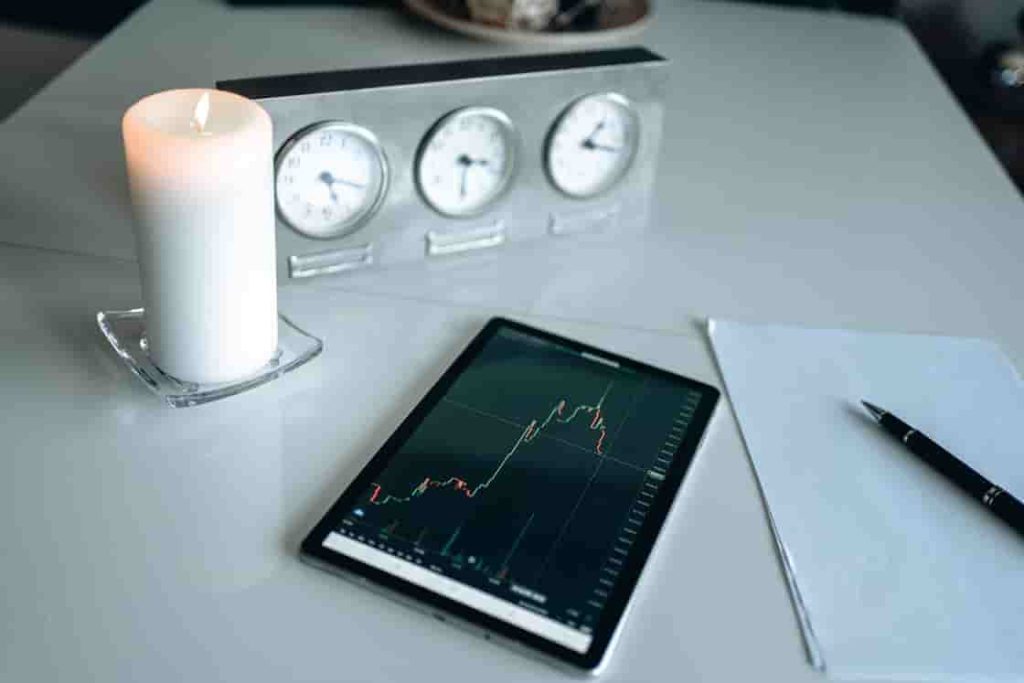
Some investors, hoping for a quick profit, even decide to take a loan and friends or in the bank, from which they intend to use the funds to invest in the stock market. Unfortunately, this is a huge mistake, which often costs them a lot – in debt and stress. Then such an investor is discouraged from investing in the stock market. It is important to remember to invest exactly as much as you can lose, and this loss will not affect the investor’s financial situation. Investing in the stock market for beginners at the outset should be based only on protecting capital, and then on multiplying it. In the case of investing, the method of small steps works, which is worth remembering.
CFDs are a good way to diversify your investment portfolio.
Trading them is not difficult and any novice investor should manage it. The only thing to watch out for is leverage, which can cause a trader to lose all his capital and even more.
